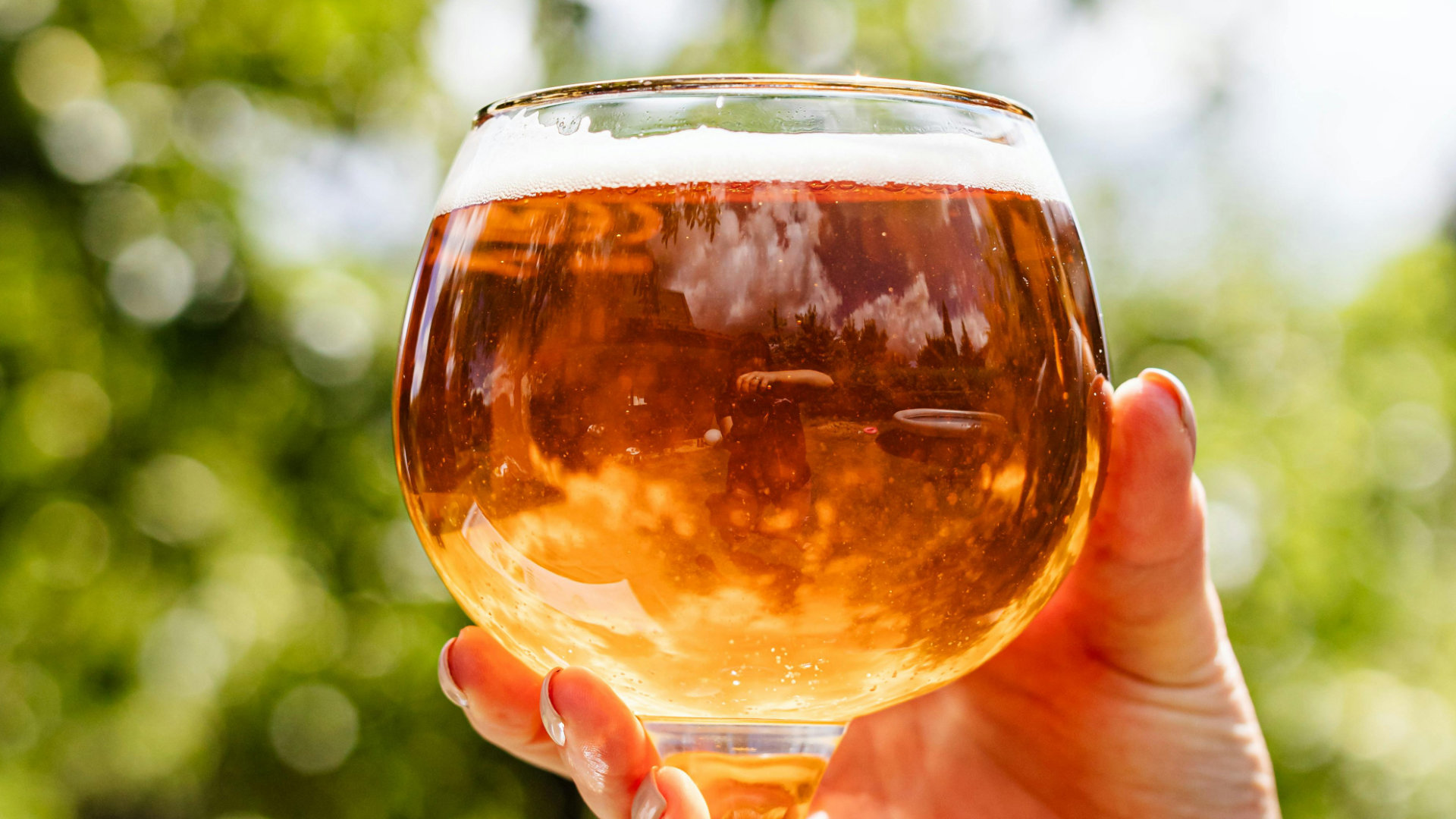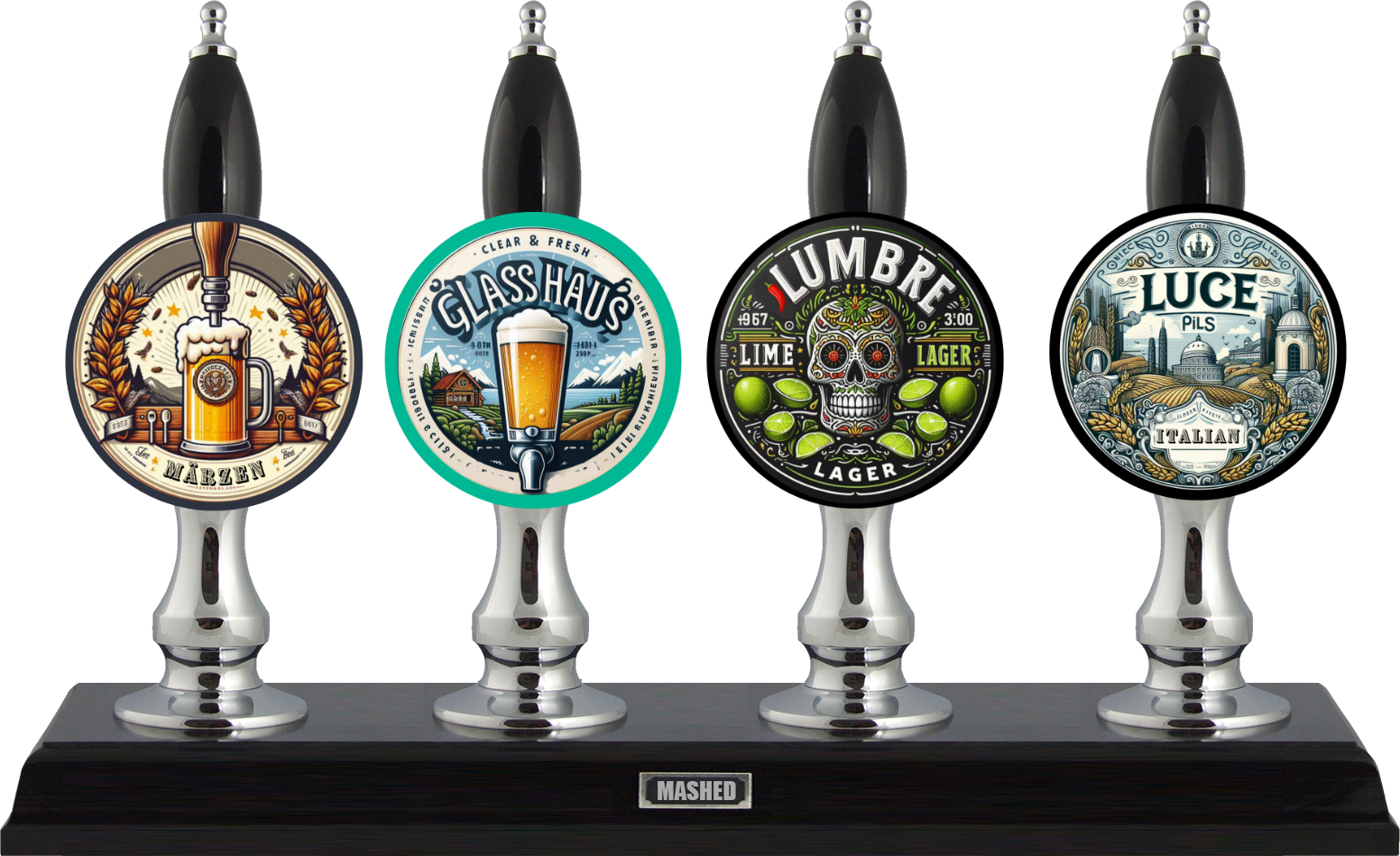October 5th of this year marked the first International Italian Grape Ale (IGA) Day. Ever tried one? If not, then you might be asking: Italian grape ale? Is that a wine or a beer? Well, IGA is most definitely a beer. But it’s like a beer and wine got very friendly and had a baby. Made with up to 40% grapes or grape must, IGAs are based on pils malt, or pale malt. The grapes are usually used during primary/secondary fermentation but can also be added during the boil. White grapes bring notes of apricot, peach, pineapple, and citrus, while red grapes offer cherry, red berry, and subtle tannins.
The result is fruity and often slightly funky and sour. Hop bitterness is low in an IGA. Old World hop varieties (usually British or German) are used but they’re minimal - just enough to subtly balance the sweetness and acidity. ABVs range from 5–8% and you can expect a low to medium body. Colour-wise, IGAs span pale gold to deep ruby, depending on the grape variety. While wine yeasts can be used together with beer yeasts, it’s generally the latter that are used - most typically a neutral ale yeast but some IGAs are fermented with strains that accentuate its fruity/spicy profile.
The first IGA was brewed in Sardinia by Barley Craft Brewery. ‘In Sardinia, cooked grape must has always had an important use in the preparation of typical desserts’, says Nicola Perra at Barley. ‘Being a fermentable material, I thought it could be used to enrich a beer, after a long maturation in steel and subsequent long refinement in the bottle. And so it was that back in 2006, Birrificio Barley began to produce its first beers with grape must: it started with BB10 with cooked must from Cannonau grapes.’
Outside of Italy, grape ale has a similar base to Belgian styles, like Belgian Blonde and Saison, with the addition of grapes (15-20% of the total grist). The ABV can range from 4.5% - 12.5%. Keep your eyes open for either of these styles when you’re out for a beer or ordering online - they are interesting beers to find!





.jpg)





